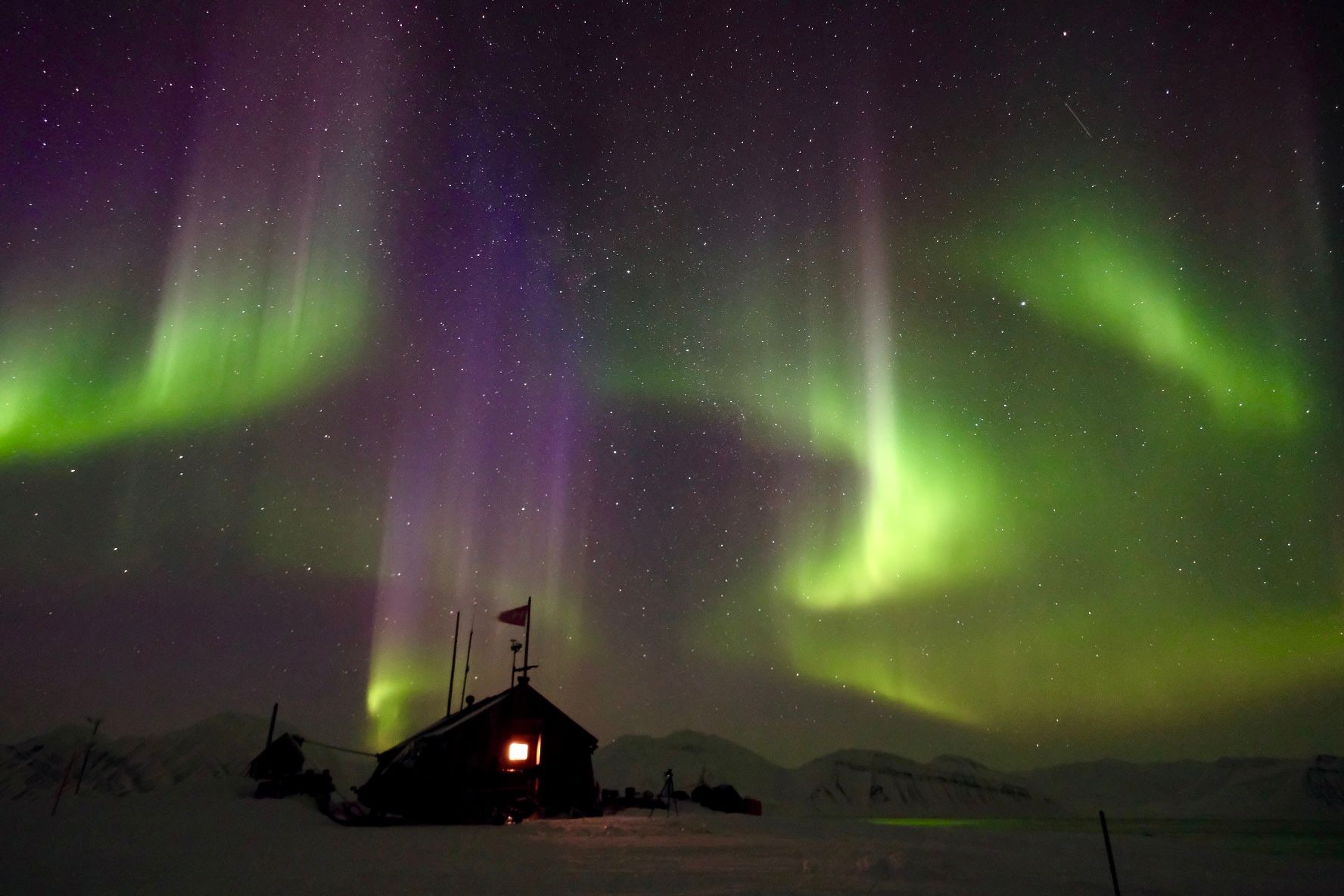In the winter of 2019, Hilde Fålun Strøm and Sunniva Sorby made history - they became the first two women to overwinter in Svalbard without men.
Historically, braving the polar night and subzero temperatures for an entire winter has been something Norwegian and Russian peoples have done in order to hunt and trap animals.
“We had very powerful women, back in the day, who went overwintering with men. Why they didn’t do it by themselves is a coincidence. The story is written by men, and it’s about men, but there are some very powerful women who have been up on Svalbard during the winter,” Hilde explains.
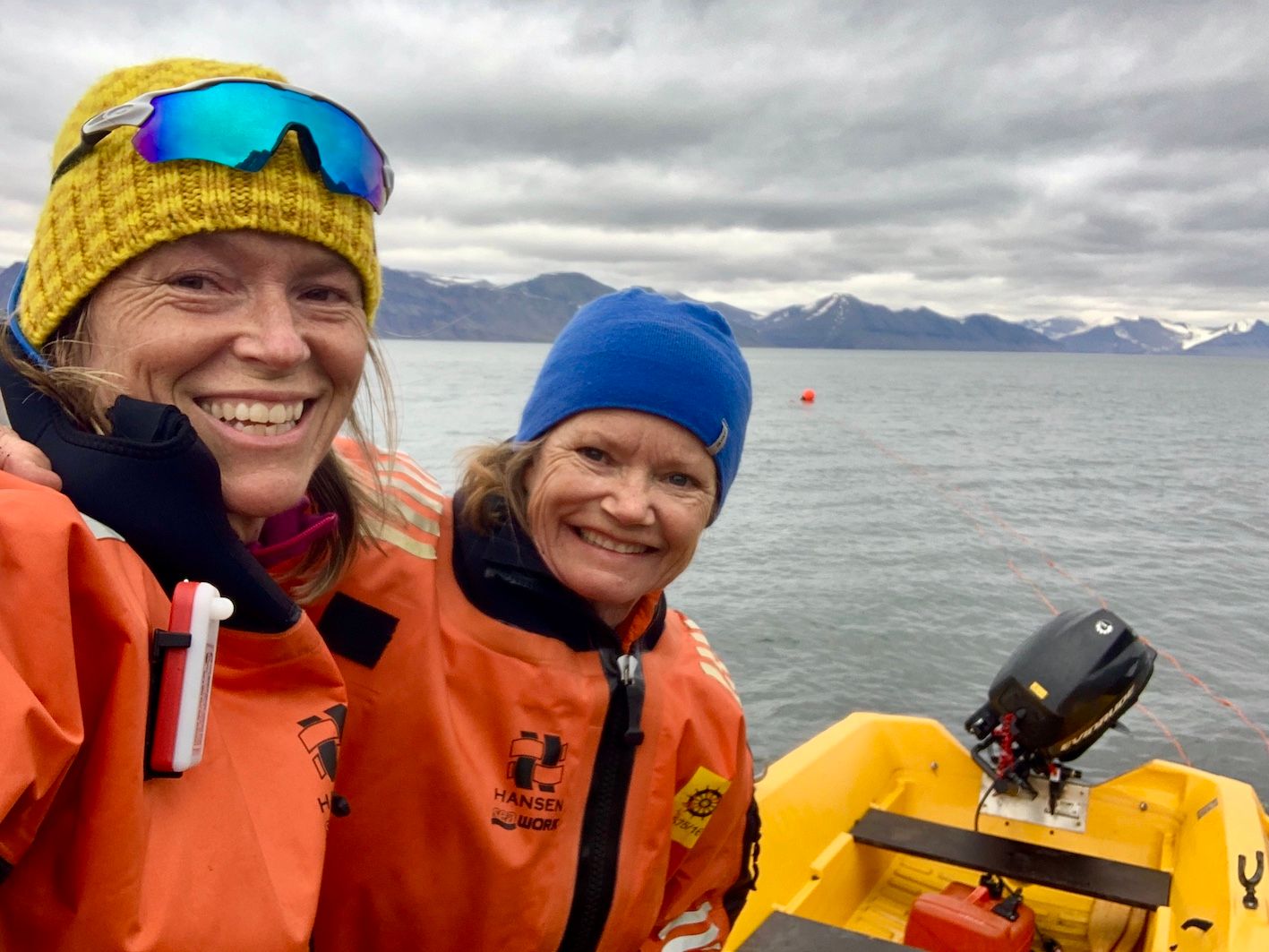
But Hilde and Sunniva weren’t overwintering to break records, and they weren’t there for the trapping. The two women had a different goal - to raise awareness of the changing climate in the Arctic.
Hilde dreamed of overwintering ever since moving to Longyearbyen in 1995. It’s a settlement on Svalbard, a remote Norwegian archipelago north of the Arctic Circle.
“I moved up there and saw this trapper’s cabin, far up north. I thought, this is what I want to do. I want to be immersed in nature, and the weather, the seasons and the darkness and the silence for a year. So that was my goal, and it took me about 25 years,” she explains.
The desire became more urgent in 2015, when the archipelago experienced an unseasonably warm summer, followed by a cold and difficult winter.
“We had this huge avalanche. It tore down twelve of the neighbouring houses. My husband and myself were very involved in helping, as were the rest of the community. I realised that the power of nature, that I loved so much, was totally out of balance,” Hilde says.
The next year she met Sunniva, a global sales director for a polar cruise company, at an adventure travel conference in Alaska. The two formed an immediate friendship, finding in each other a kindred spirit.
It wasn’t long before they had decided to overwinter together (along with their dog Ettra). But this was more than your average adventure. Hilde’s dream to overwinter became a collective desire to create a project highlighting the fragility of the polar regions, and the power of individual actions. They called it Hearts in the Ice.
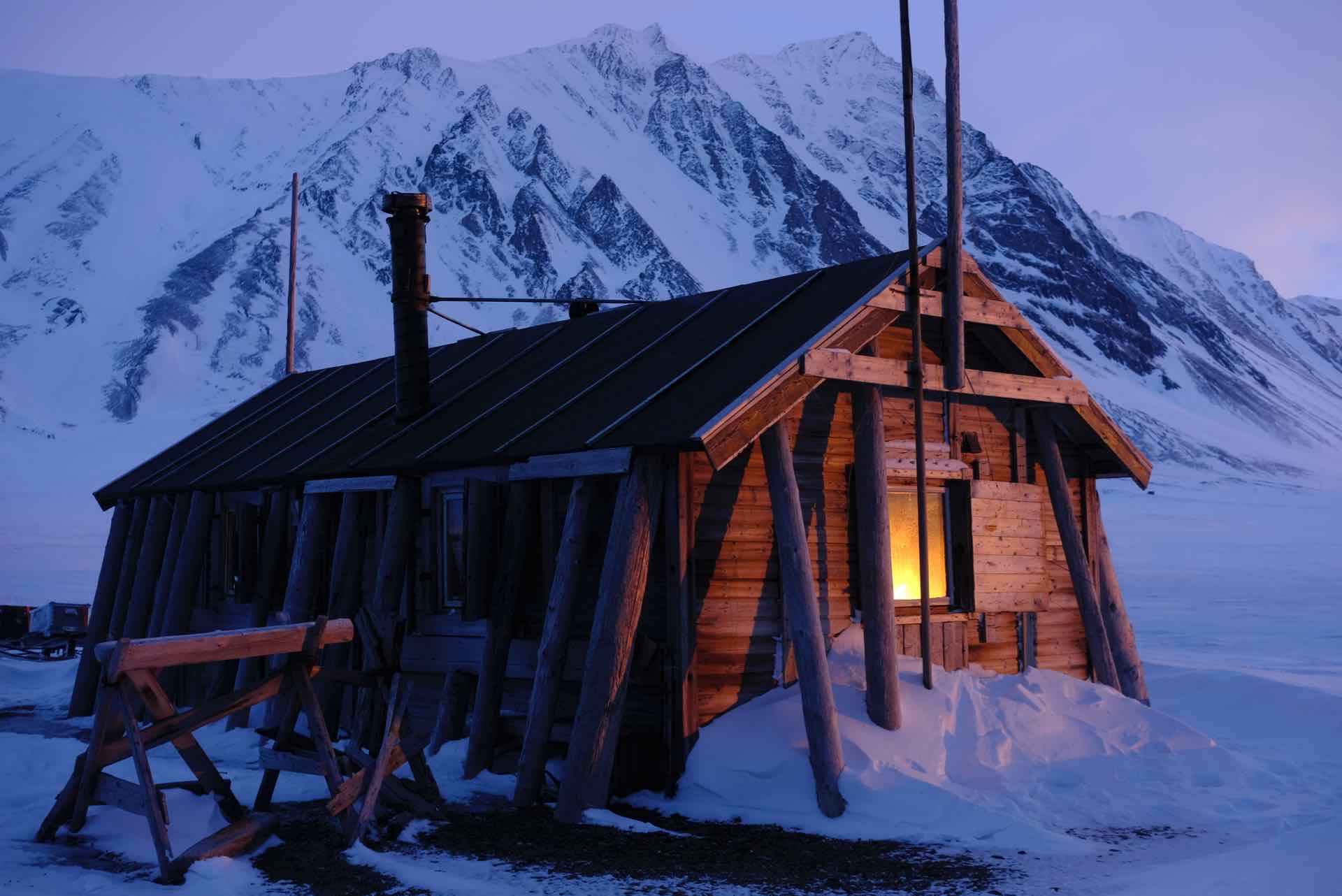
In winter 2019, Hilde and Sunniva embarked upon what was supposed to be a nine month journey to Bamsebu, an isolated cabin built by beluga trappers in the 1930s.
But then the world changed. Covid restrictions meant that the ship carrying their science partners and families could not come to pick them up. The two overwintered for the second time, spending 19 months together in the High Arctic.
How to Survive in the Arctic
Both women believe you need a certain skill set to survive in the Arctic for so long. Choosing the right overwintering partner is also vital - after all, you will be spending 24/7 in their company.
They cite resilience, adaptability and stamina as fundamental qualities. While Hilde had more experience with the twenty-four hour darkness and with polar bears, she thinks Sunniva adapted to the environment very quickly.
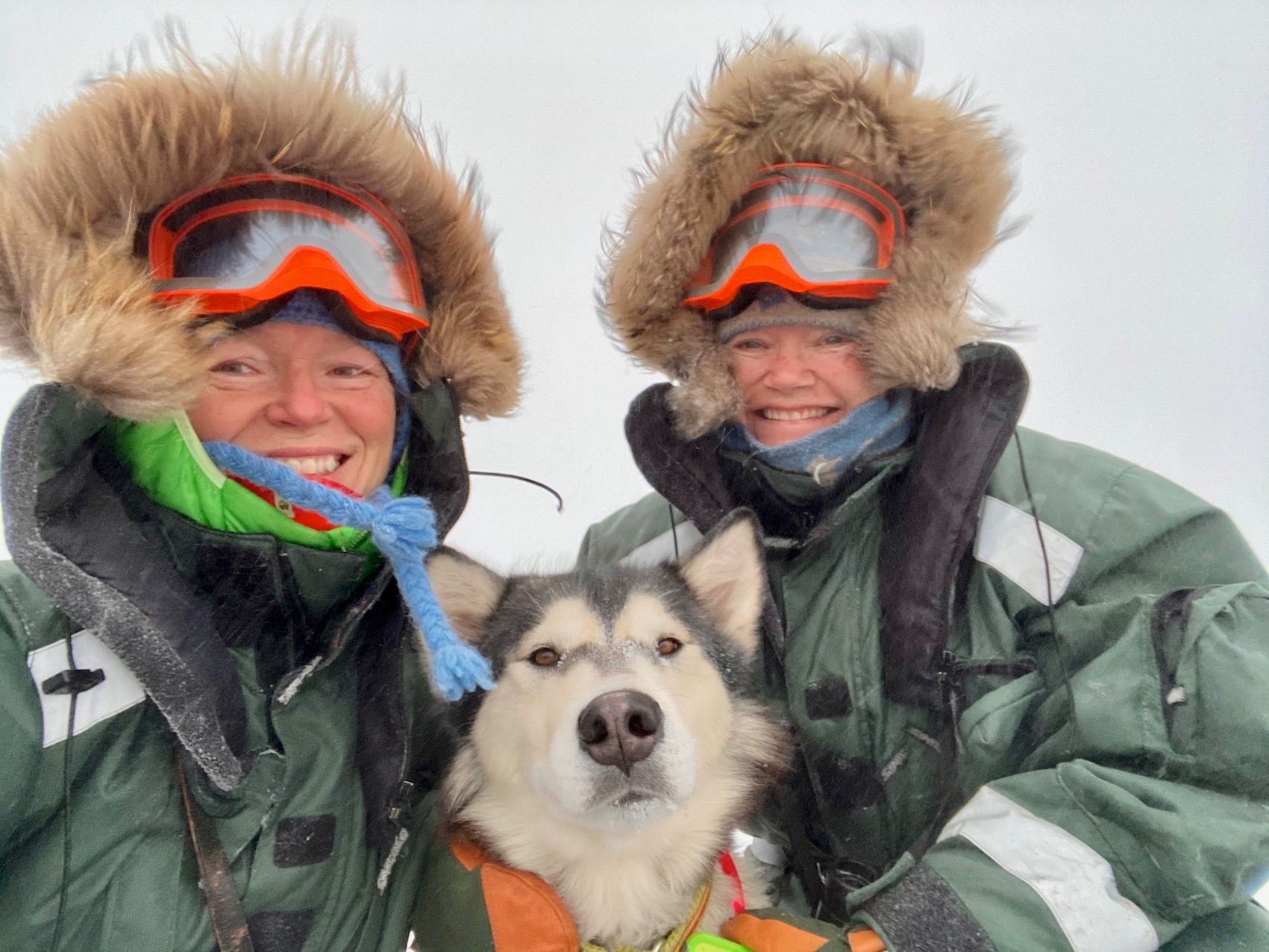
“We both possess, in different ways, a willingness to learn and grow. You can’t do something like this without wanting to peel back the layers of who you were when you went there, and who you become at the end of it,” Sunniva says.
The experience, they say, has changed them. The lessons they learnt from 19 months of Arctic solitude have been profound.
“We had very little, but we were still so grateful for what we had. That is a very powerful feeling. We lived very simply, but everything we did had a purpose. If I chopped wood we made food; we shovelled snow because the door was blocked.
“I’ve never been stronger, or healthier. The darkness and the silence - it was so powerful, and I felt so grateful,” Hilde explains.
We both possess, in different ways, a willingness to learn and grow. You can’t do something like this without wanting to peel back the layers of who you were when you went there, and who you become at the end of it.
For Sunniva, the duration of the experience led to heightened awareness, while the unpredictable weather led to a greater sense of urgency around seizing the day.
“The experience gave me a real understanding of how fragile and extreme the polar regions are. Being one with all of that pared me down to feel and to listen at a heightened level. Experiencing the golden silence, and the colours, and the wildlife, was otherworldly.
“Coming back from that, we both probably suffered a tremendous amount of PTSD. Out there, you could hear a fox go up on the roof. Here, I can’t hear anything because there’s a lot of different noise clamouring at me,” she says.
Of course there were lows too. For Sunniva, it was when the satellite communication equipment wasn’t working properly. For Hilde, there were security concerns.

“We had hungry polar bear encounters, and we had an unstable hut. It was built in 1930. It was cold, we were freezing quite a lot. We were several times quite afraid of the roof being blown off. It didn’t happen, luckily,” she says.
Of course, there were arguments. But their gratitude to each other, and to the project, helped them through it.
“We shared the process with our community, which grew and grew because we were willing to show our vulnerability, show the hard life we were living and the “why” around all of it,” Sunniva says.
“It wasn’t all about us. The us and the ego got us to the door, but when we walked into Bamsebu we thought ‘how can we be part of the solution and how can we engage others?’”
We had hungry polar bear encounters, and we had an unstable hut. It was built in 1930. It was cold, we were freezing quite a lot. We were several times quite afraid of the roof being blown off. It didn’t happen, luckily.
They partnered with educational organisation Exploring by the Seat of your Pants to make video calls to classrooms across the globe. Over the course of 19 months, they spoke to over 100,000 children by satellite link.
Spreading the Word
Working in the polar expedition cruise industry had given Hilde and Sunniva valuable scientific research contacts. Before embarking on their journey, they called up everyone from UNIS to NASA to ask if they could be of assistance in collecting data. The answer was an emphatic ‘yes’.
Although initially apprehensive about the huge crates of equipment they were being sent, the women thumbed through the thick manuals to learn how to collect and process scientific data.
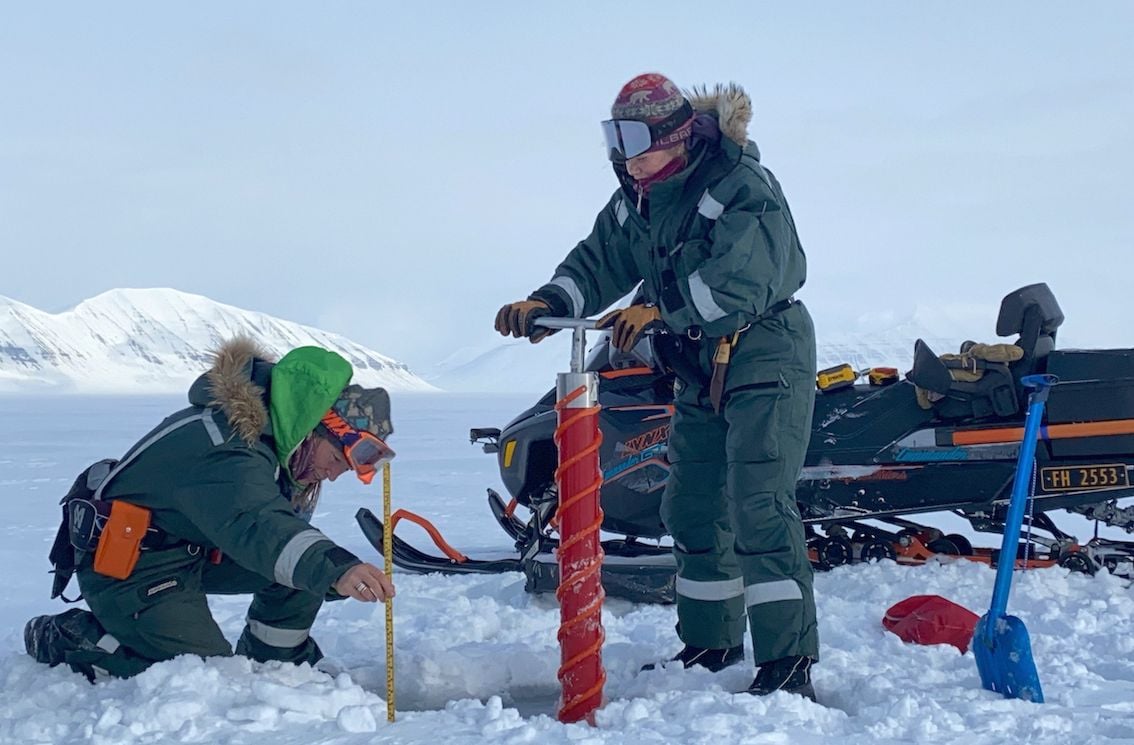
Over the course of their mission, Hearts in the Ice contributed to nine citizen science projects.
Hilde and Sunniva took ice core samples from the sea ice around Bamsebu to identify organisms living in the ice. Meanwhile, recording their 100+ close polar bear encounters helped understand polar bear behaviour.
They even worked on NASA’s GLOBE Observer project, which uses satellites to take photos of the tops of clouds. The two women took photos and recorded observations about the bottom of the clouds, timed to correspond with the moment that the satellites flew over Bamsebu.
One of the most important parts of the project was their ability to transform this scientific data into a narrative that would engage people.
“Citizen scientists are people like Hilde and myself, who apply their knowledge and expertise to work in tandem with scientists. That’s what we’ve been very good at, creating stories around the science, and then turning it over to the public,” Sunniva explains.
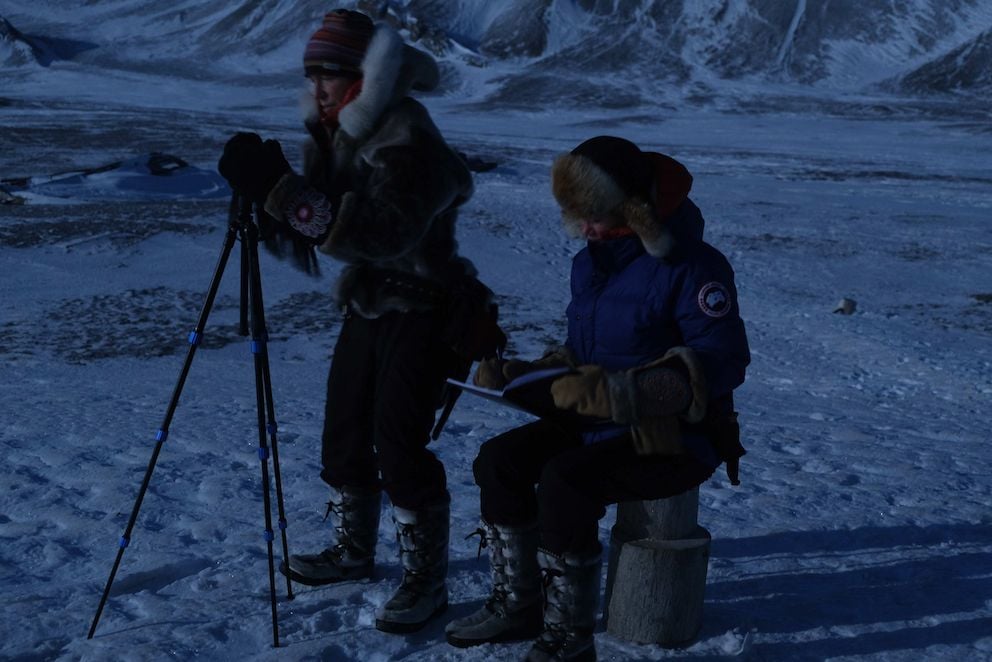
Both women are firm believers in the value of citizen science.
“We are so many citizens, and so few scientists. We need engagement and knowledge about what’s happening. As human beings, we protect what we love. Citizen science is extremely important for moving forward and understanding what’s important to us in the world,” Hilde says.
A hopeful future
Although they’re no longer at Bamsebu, Hilde and Sunniva continue to educate and inspire. Hearts of Ice are now working with several partners on fascinating sustainable travel projects. They have partnered with Hyundai on a project to provide electric cars, bikes and snowmobiles for Longyearbyen.
Another project in the pipeline is a citizen science hub they're creating in Longyearbyen. It's housed in an 100% recyclable, transparent igloo which is heated year-round. The space will be used for community meetings, school visits, and exhibitions.

“We’re not in this for our own personal gain. That capitalistic model, it’s a ship that has sailed. This is more about what we can do together, and how we can engage in dialogue with indigenous peoples, with the youth; it’s about how we can find a place for everyone at the table,” Sunniva explains.
Their dedication is inspiring. They continue to raise awareness, they say, because they have hope.
We have to change the narrative. Let’s find new ways to talk about the crisis that’s happening. And let’s create new images about the world that we would envisage, so we know we can hope for and work towards them.
“It’s hard these days with the news reports coming out, the war going on and climate change. But we have to have hope. We hope to be part of the good news department, helping to inspire and engage people,” Hilde says.
“We have to change the narrative. Let’s find new ways to talk about the crisis that’s happening. And let’s create new images about the world that we would envisage, so we know we can hope for and work towards them,” Sunniva concludes.
Inspired? You can join us on an Arctic expedition of a lifetime on our wild camping, snowmobiling and hiking in Svalbard tour in winter. Or perhaps 3 days in Norway on our arctic circle adventure, which is booking now!


